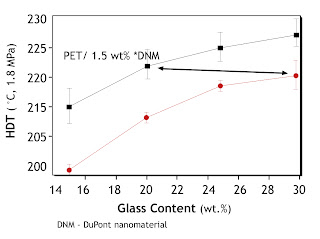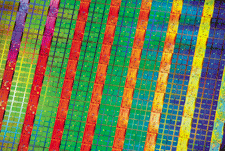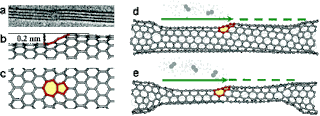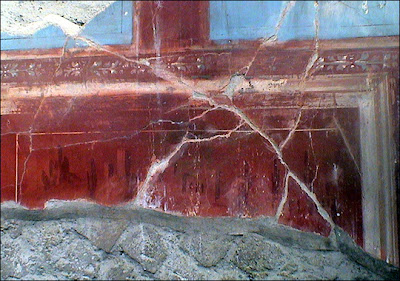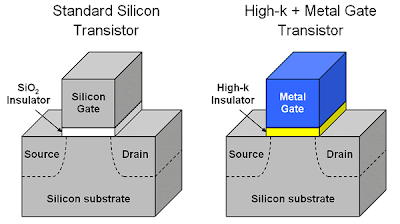or replacing one mystery with another!
The Enduring Mystery of Light
By Michael Schirber
Special to LiveScience
posted: 26 February 2007
09:14 am ET
Is it a wave?
What ties together microwaves, X-rays and the colors of the rainbow is that they are all waves—electromagnetic waves to be exact. The substance that sloshes back and forth isn't water or air, but a combination of electric and magnetic fields
Or is it a particle?

But waves are not the whole story. Light is composed of particles called photons. This is most obvious with higher energy light, like X-rays and gamma rays, but it is true all the way down to radio waves.
Albert Einstein deciphered the mystery in 1905 by assuming that particles of light smacked into the electrons, like colliding billiard balls. Only particles from short wavelength light can give a hard enough kick.

Despite this success, the particle theory never replaced the wave theory, since only waves can describe how light interferes with itself when it passes through two slits. We therefore have to live with light being both a particle and a wave—sometimes acting as hard as a rock, sometimes as soft as a ripple.
Instead of worrying about what light is, it might be better to concentrate on what light does. Light shakes, twists and shoves the charged particles (like electrons) that reside in all materials.
These light actions are wavelength-specific. Or to say it another way, each material responds only to a particular set of wavelengths.
Technorati Cosmos: other blogs commenting on this post
